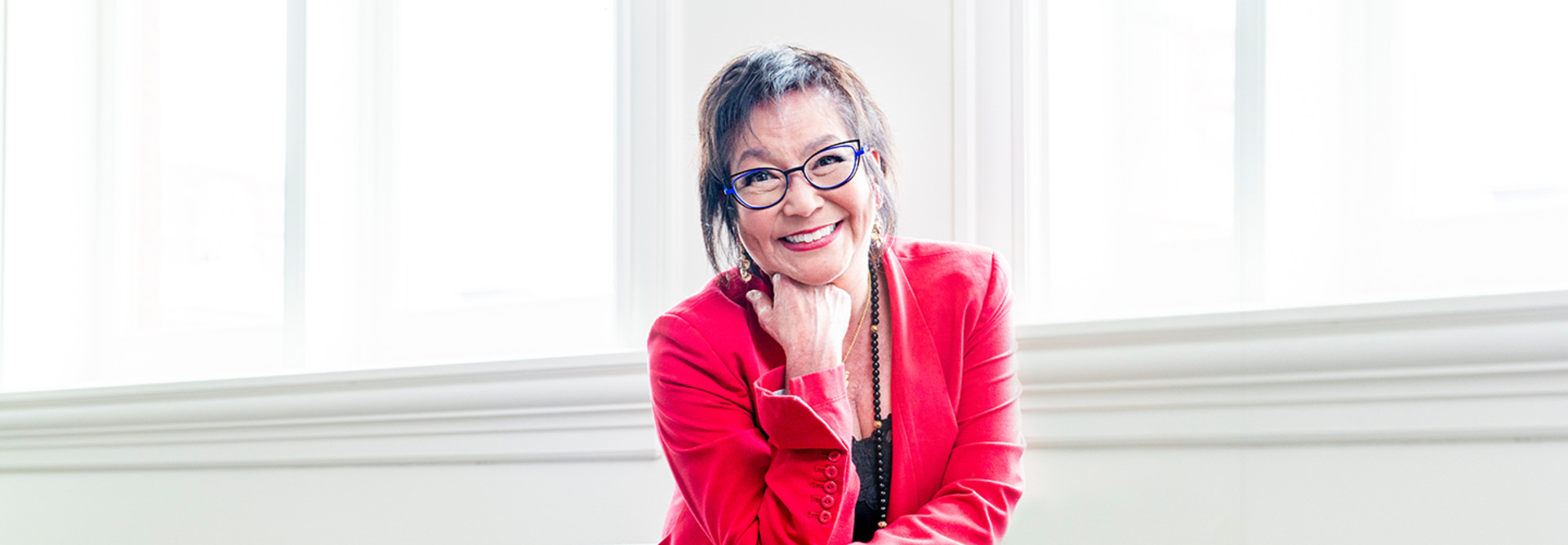Third, there continues to be interest in technology of the future and how seniors want to use technology. Half of them are interested in new technology that’s coming — there’s a little more interest among men than women — but they’re looking for things like independence. We forget that older folks love to play and have fun. A major use of their technology is for entertainment.
HEALTHTECH: How important is cybersecurity education for older adults?
It’s absolutely important. We not only see the positive, but we are also aware of the risk factors: in this case, for privacy and security.
One area where privacy and security really matter, especially as you age and encounter more health conditions, is in healthcare. Only about 32 percent trust healthcare companies. The government is trusted even less, at 22 percent. Older adults are very concerned about security and privacy. That is something any technology company should take very seriously.
READ MORE: Pillars of successful cybersecurity for senior care organizations.
HEALTHTECH: What technologies do you consider particularly important for helping seniors maintain their health and independence, and to stay active?
When we think of technology, we go right to telehealth. There’s the typical telehealth doctor visit, so you don’t have to travel. You can do that in the convenience of your own home, 24/7 online. Everyone is also talking about remote monitoring. How do we make sure mom is safe in the home?
Another way technology can help us continue to learn and take care of ourselves is through self-management. There are multiple online offerings that cover mindfulness, meditation, mental health programs, cognitive behavioral therapy, diabetes prevention — these are exciting areas that can help keep us healthier and make healthcare more accessible and affordable.
I think the real opportunity for future technology is how it keeps us moving outside the home. The areas that I think about include sensory impairments, like changes to vision and hearing, as well as mobility. With mobility, for example, robotic exoskeletons can help you get out of a chair and go for a walk. Getting out of the house helps people stay connected and not feel lonely and isolated, which can have serious impacts on health. Social connections are essential. Over 94 percent of older adults use technology to connect with others.
There are wonderful technologies coming along for the visually impaired, such as the use of virtual reality and other solutions that help people who are legally blind to see. And about 40 percent of people age 60 or older have hearing loss that’s clinically significant. By the time they’re 70, two-thirds have clinically significant hearing loss. Yet, only 20 to 30 percent get hearing devices, whether because of cost or stigma.
If we want to stay healthy as we age, we need to be thinking about our vision, our hearing and our mobility.
HEALTHTECH: In what ways can solution providers support the adoption of healthcare technologies?
Technology is continuously improving at a faster rate than many of us can keep up with. We should think of ways to upgrade technology that don’t necessarily require purchasing new items. For example, think of Tesla, which upgrades its software over the internet — you don’t have to buy a new car with every improvement.
Technology should be easy and convenient. Technology providers should think about convenience, simplicity, intuitive ease of use. Devices should not only be easy to set up, but also easy to use with other devices. The thing they definitely should not do is design technology products just for the elderly. If you design for the elderly, no one will buy it. But, if you design for all, so that it works for my 3-year-old grandchild as easily as it works for me, we’re all going to want it.











